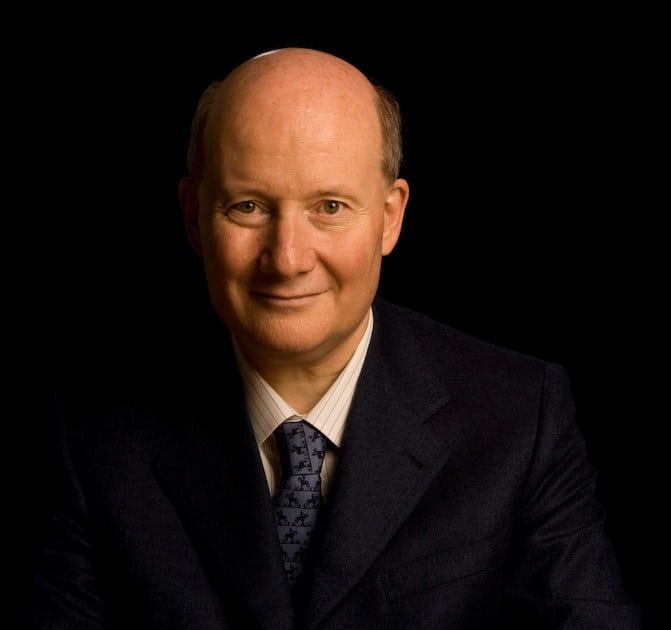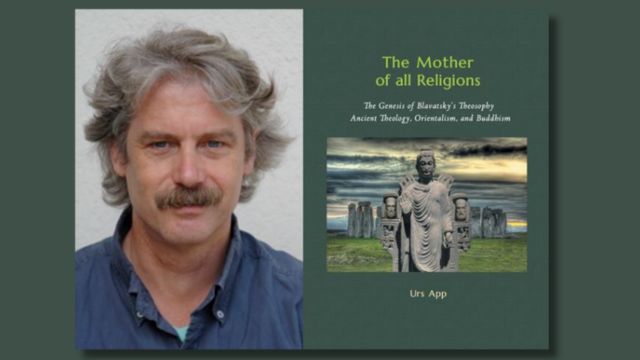Disillusioned with Stalin, the painter believed for a while that his messianic utopia would be supported by Roosevelt’s United States.
by Massimo Introvigne
Article 3 of 3. Read article 1 and article 2.

Scene 4: New York
[scene 1 and 2 take place in Tibet and Paris, scene 3 in Moscow: please refer to articles 1 and 2 of this series]
In 1930, Soviet policy changed. Stalin decided to disentangle himself from the political games of Central Asia, and had no further use for Roerich’s utopias. The painter, however, had a Plan B. With all his pan-Asian dreams, Roerich (and reportedly the Masters talking to him) also admired the United States and believed they would play a messianic role in the future.
The Roerichs had lived in New York between 1920 and 1923, where they had found followers and wealthy patrons, who helped them build the Master Building at 330 Riverside Drive. It is still in existence, but no longer associated with Roerich’s movement. It was named after Master Morya, who dictated himself the plans.
When Roerich became disillusioned with Stalin (and vice versa), he put his hopes in Henry A. Wallace (1888–1965), Secretary of Agriculture and later Vice President of Franklin Delano Roosevelt (1882–1945). Wallace was a member of Theosophy’s Liberal Catholic Church and did believe in the Masters and their messages. He supported yet another Asian expedition of Roerich, in 1933–34.

Again, the expedition was presented to the Congress by Wallace as a way of advancing American interests in Central Asia. Wallace, however, knew of the grand messianic plans of Roerich, and that the Masters had prophesied that his Asian earthly paradise would be inaugurated in 1936. The U.S., however, were not Soviet Russia. Wallace’s opponents found out the truth and accused Wallace of belonging to a “cult,” an accusation which later effectively torpedoed his 1948 presidential campaign.
Roosevelt came out of the controversy clear, although archival documents indicated that he too received messages from the Masters through the Roerichs, and maintained at least a sympathetic and curious attitude.
Afraid of media reactions, Wallace backed off. Roerich finally realized that neither the Soviets nor the Americans would help him realize the earthly paradise of Shambhala. He moved to India, where he died in 1947.

Scene 5: Southbury, Connecticut
When he was in New York, Roerich had also teamed up with Russian novelist George Grebenstchikoff (1883–1964) and Count Ilya Tolstoy (1866–1933), son of the famous writer, for yet another attempt at building a miniature earthly paradise: the utopian Russian Village in Southbury, Connecticut, which they called “Churaevka,” from Grebenstchikoff’s multi-volume novel “The Churaev Brothers.”

On December 5, 1931, Stalin destroyed with dynamite the Cathedral of Christ the Savior in Moscow. Churaevka’s chapel, designed by Roerich, was intended as a spiritual response to this destruction.
The chapel was dedicated to Saint Sergius, and Roerich seems to have realized in Churaevka the construction he had depicted in 1925 in his well-known painting, “Sergius the Laborer.”

“Sergius the Laborer” was part of a series of nineteen paintings, “Banners of the East,” depicting teachers Roerich regarded as the most important world religious figures, including Moses, Jesus, Confucius, Buddha, Muhammad, and the Mother of the World.
Master Morya was not included with this name in the “Banners of the East,” but for Roerich Saint Sergius was an incarnation of Morya. He is said to have painted the image of the saint at Churaevka, although the only old painting of Saint Sergius remaining in the chapel today does not seem to be by Roerich.

In the end, Grebenstchikoff rejected Roerich’s mystical dreams and in the early 1940s moved to Florida to teach at Florida Southern College. The Russian Village experiment, which Roerich had called a “shortcut to paradise,” slowly collapsed.
Although Roerich’s grand political plans failed, his spiritual and artistic contribution to nurturing in Russia and the West the aspiration to an earthly paradise was significant. Spiritual organizations inspired by Roerich still exist. And many maintain the dream of Shambhala in their hearts.

Massimo Introvigne (born June 14, 1955 in Rome) is an Italian sociologist of religions. He is the founder and managing director of the Center for Studies on New Religions (CESNUR), an international network of scholars who study new religious movements. Introvigne is the author of some 70 books and more than 100 articles in the field of sociology of religion. He was the main author of the Enciclopedia delle religioni in Italia (Encyclopedia of Religions in Italy). He is a member of the editorial board for the Interdisciplinary Journal of Research on Religion and of the executive board of University of California Press’ Nova Religio. From January 5 to December 31, 2011, he has served as the “Representative on combating racism, xenophobia and discrimination, with a special focus on discrimination against Christians and members of other religions” of the Organization for Security and Co-operation in Europe (OSCE). From 2012 to 2015 he served as chairperson of the Observatory of Religious Liberty, instituted by the Italian Ministry of Foreign Affairs in order to monitor problems of religious liberty on a worldwide scale.



